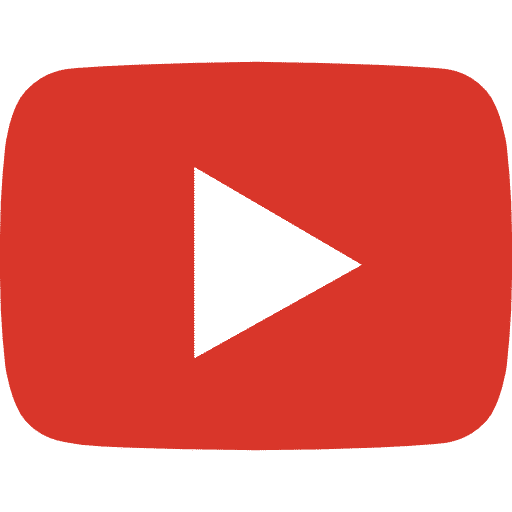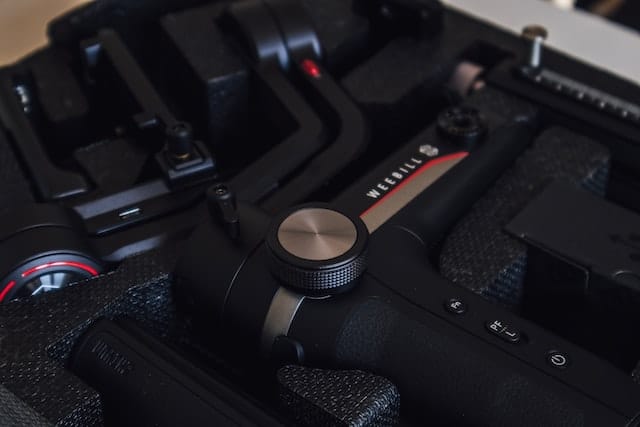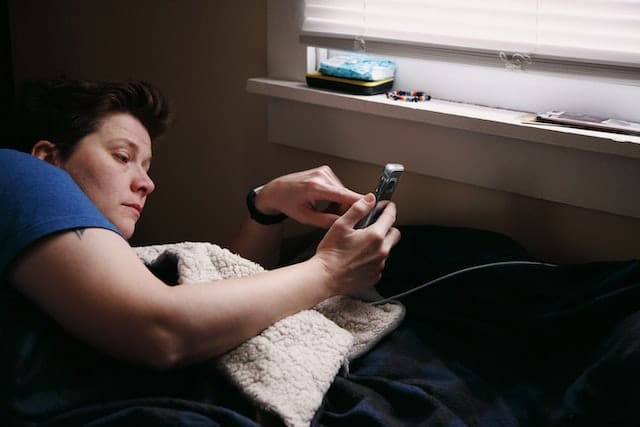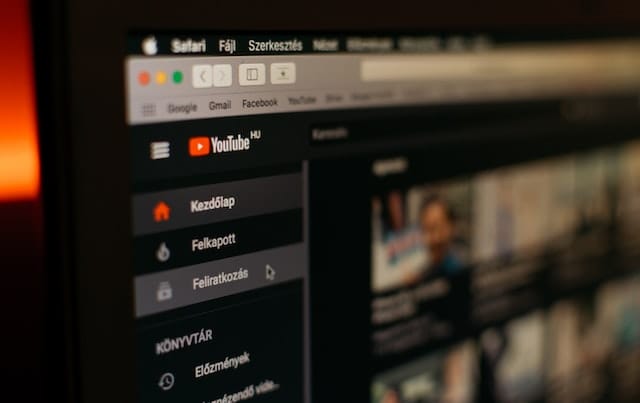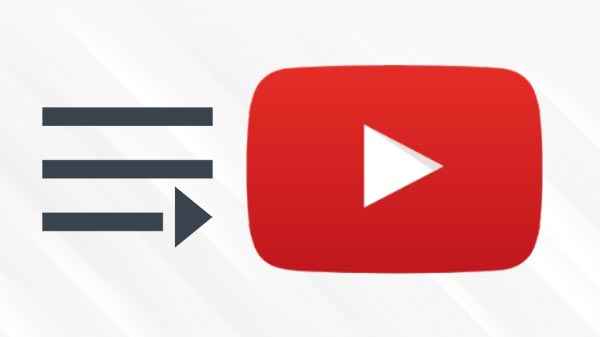
Creating YouTube playlists is a great means to curate content that you can enjoy and share with others. While creating playlists, you can add your favorite music videos, newsreels, or clips on this huge global platform. Once created, it’s extremely convenient to add, edit or remove a playlist.
Author
-
Patrick is our social media superstar. He worked for Fortune 500 companies before joining us a a senior account manager.
You always have the option of dragging and dropping videos to change their order. Besides, you can change your privacy status anytime you want. Renaming is also possible for endless times. However, to do all this of course you need to know how to create a playlist on YouTube. To help you with the same, we have come up with today’s post that explores all that’s involved.
What are YouTube playlists?
You can define YouTube playlists, as the collection of videos that automatically play in order. Usually, playlists are composed of related or similar videos involving a particular subject. For example, if you are creating a playlist with puppy videos then it should contain good puppy-related content.
Why you should create YouTube playlists?
If you put yourself in the visitor’s shoes, you can easily make out that playlists are one of the most wonderful ways to organize your preferred videos. And if we talk about the creators, playlists help them in engaging viewers for longer. Besides, they also assist in improving the downsides of your videos because viewers can discover them in the first place.
The detailed benefits of playlists are mentioned below.
Improved visibility
If you are a frequent YouTube user, you must have noticed that playlists appear separately n the search results. Or in other words, they never get mixed with the individual videos, in both Google and YouTube results. Moreover, they also come up in the suggested video section of your channel page.
Hence, you can say that when you are creating a playlist, your content is getting more visible since they appear multiple times in search results. In addition, since playlists appear separately, targeting new keywords by creating a playlist from your existing videos comes handy.
For example, if you have a YouTube yoga channel and you have got a video on how to perform Surya namaskar, you can target a keyword that will appear both in the individual videos as well as playlist videos. In a one-liner, creating YouTube playlists allows you to work less but get more chances to rank.
Prolonged watch time
YouTube’s algorithm is too much concerned with the watch time parameter. The longer viewers watch your videos, the more chances you get to rank them. Since playlists are extremely convenient to keep back and watch multiple videos in a row, it’s quite natural to expect a boost in your watch time. Naturally, it creates room for ranking better in the search results.

Creating YouTube Playlists – The know how
So, when you are ready to start creating YouTube playlists, you need to know a few ways to go about it. Here they come!
First, you need to go to your YouTube profile and click or tap on the video manager. There, you will find the option ‘playlists’. Simple go ahead and select a new playlist option from there. Once done, give your playlist a name and hit create. If you want, you can alter the visibility settings for your playlists here.
Apart from that, you also have the option of creating playlists on the fly. When you find a video and it looks like the perfect fit to add to your playlist, simply click on the plus icon to add it to an existing playlist. If you want, you can also create a new one with the selected video.
YouTube playlists – the best practices in 2021
If you want to make the most out of YouTube playlists, you must know how to optimize them. Don’t worry; it’s not rocket science. It’s not a piece of cake though. All it needs is a handful of useful tricks and the right application.
Create a storyline
When you are creating a playlist, make sure each video in it should link to the next. They must relate to a particular theme or topic. There is the probability that people will binge-watch your videos as they do with any episodic TV series. So, be extra cautious about the order.
Changing the order of the videos is notably easy. All you need to do is to navigate to it in your video manager and drag them to the perfect position.
You can also order them by date or popularity by going to the playlist settings section.
Search optimization is vital
Trust me; optimizing your playlist is far easier than optimizing your videos for search. Simply head over to your playlist page and put the title and description of the playlist. In actuality, the catch lies here. You need to choose a unique and descriptive title with a relevant description that contains the targeted keywords. Once done, go for choosing an appealing thumbnail that holds the capability of standing out in the crowd and entice viewers to watch the playlist.
Privacy settings – a must check
As you do with any individual YouTube video, you can set your playlist as public, unlisted, or private. You can edit the privacy settings of your YouTube playlists while creating your playlists or anytime afterward.
You just need to keep the following things in mind.
- If you keep the setting as public, then anyone can watch your video.
- Keeping playlists private may limit your viewer count since they can be viewed by the chosen or invited ones.
- Anyone can watch and share the unlisted playlist if he or she has a link of the same. They won’t turn up in the suggestions, subscriber’s feeds, or search results.
Apart from the mentioned ones, you should also be careful while checking your general account settings. You can do so by clicking on your profile icon or the gear icon.
That’s everything about creating YouTube playlists. If you need any assistance in boosting up your
Author
-
Patrick is our social media superstar. He worked for Fortune 500 companies before joining us a a senior account manager.
Has Crypto Bottomed? Learn What Analysts Say Now!
StickyCrypto
February 22, 2023
Cryptocurrency is a digital asset used as a medium of exchange. Factors influencing its price include supply & demand, news events, speculation, technical & fundamental analysis. Is crypto at its bottom? Analyze charts & underlying economic factors to make informed decisions on whether now is a good time to invest.
0 Comments9 Minutes
Is Crypto the Future? Unlock the Possibilities of Tomorrow Today!
StickyCrypto
February 22, 2023
Cryptocurrency is a digital currency that offers high security, low fees and fast transactions. NAN is a type of cryptocurrency with advantages such as no fees, instant transaction speed and smart contracts support. Discover why crypto may be the future of finance!
0 Comments8 Minutes
What is Bayc NFT? Unlock the Possibilities of Non-Fungible Tokens!
StickyNFT
February 22, 2023
Experience secure & efficient trading of digital assets with Bayc NFT! Enjoy access to liquid markets, a wide range of digital assets, low fees & more. Get in touch with us for social media marketing services today!
0 Comments10 Minutes

